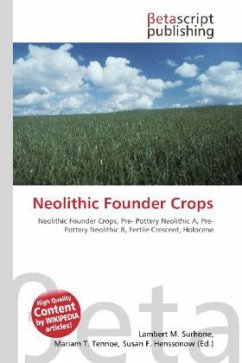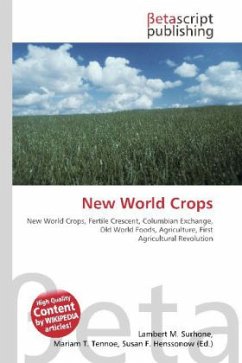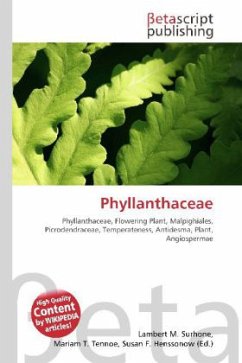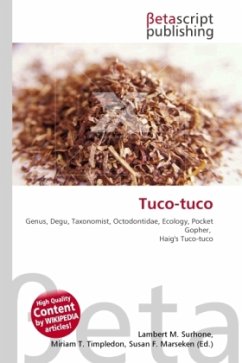Please note that the content of this book primarily consists of articles available from Wikipedia or other free sources online. The Neolithic founder crops (or primary domesticates) are the eight plant species that were domesticated by early Holocene (Pre-Pottery Neolithic A and Pre-Pottery Neolithic B) farming communities in the Fertile Crescent region of southwest Asia, and which formed the basis of systematic agriculture in the Middle East, North Africa, India, Persia and (later) Europe. They consist of flax, three cereals and four pulses, and are the first known domesticated plants in the world. Although domesticated rye (Secale cereale) occurs in the final Epi-Palaeolithic strata at Tell Abu Hureyra (the earliest instance of a domesticated plant species), it was an insignificant in the Neolithic Period of southwest Asia and only became common with the spread of farming into northern Europe several millennia later.







